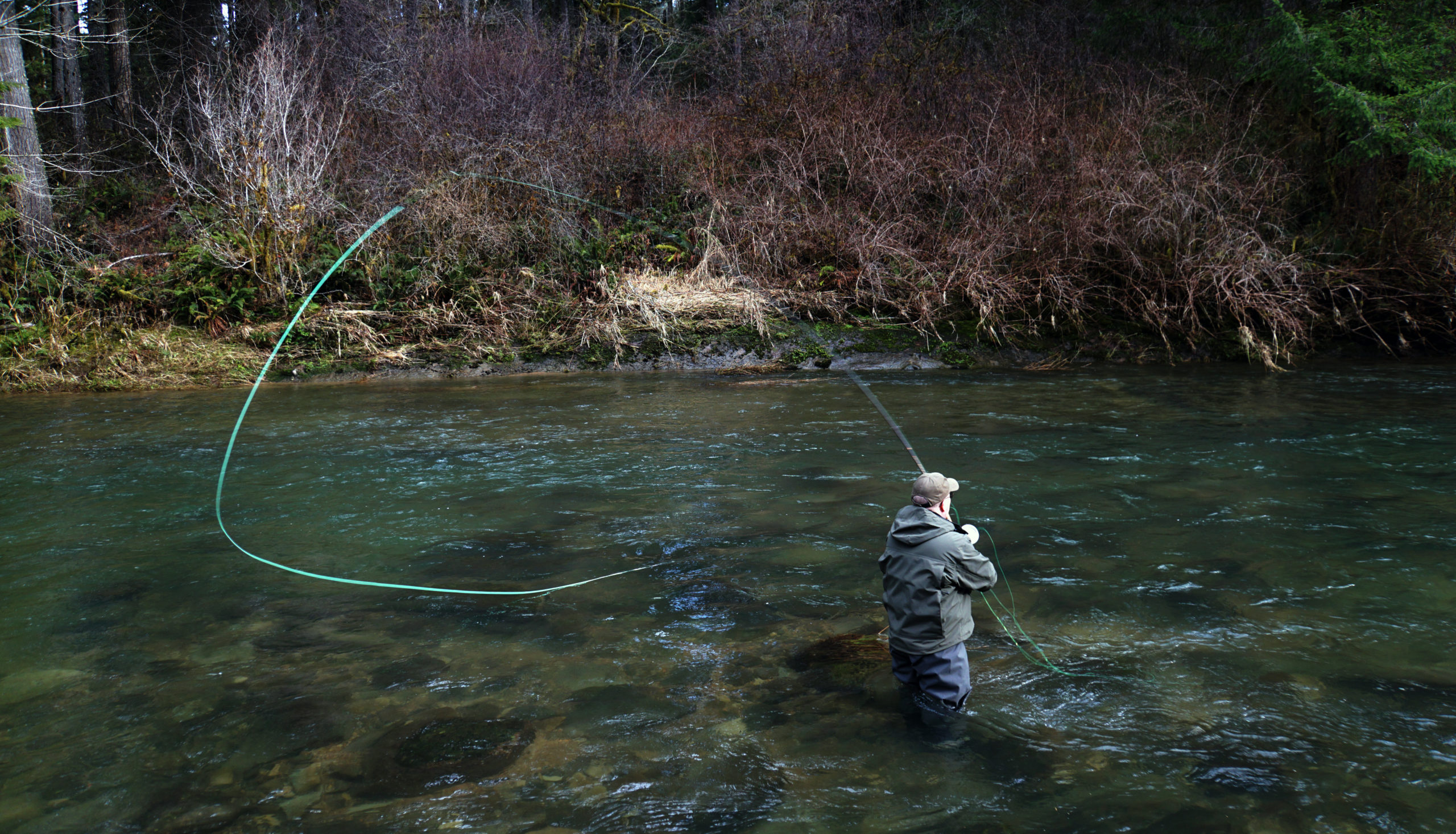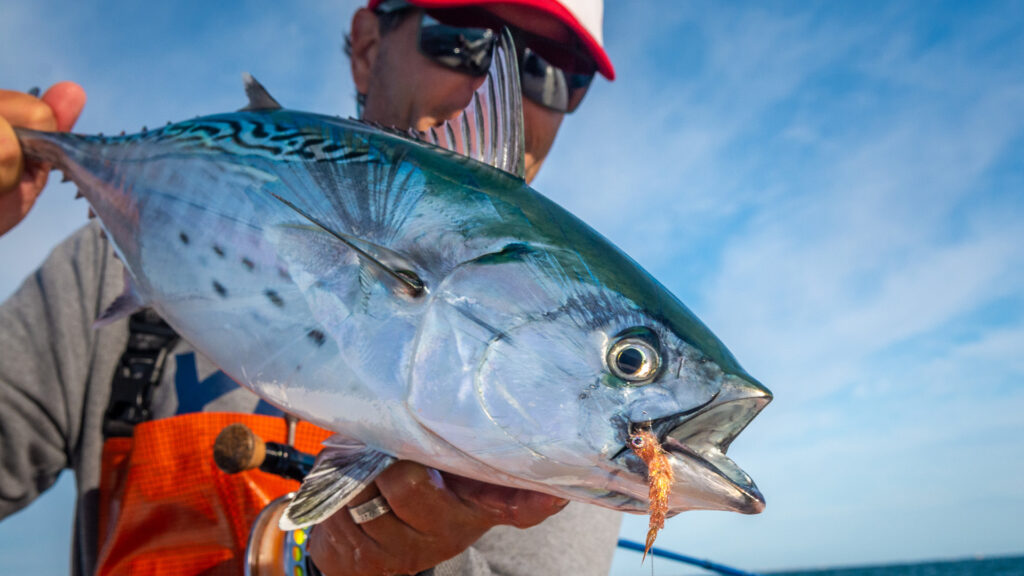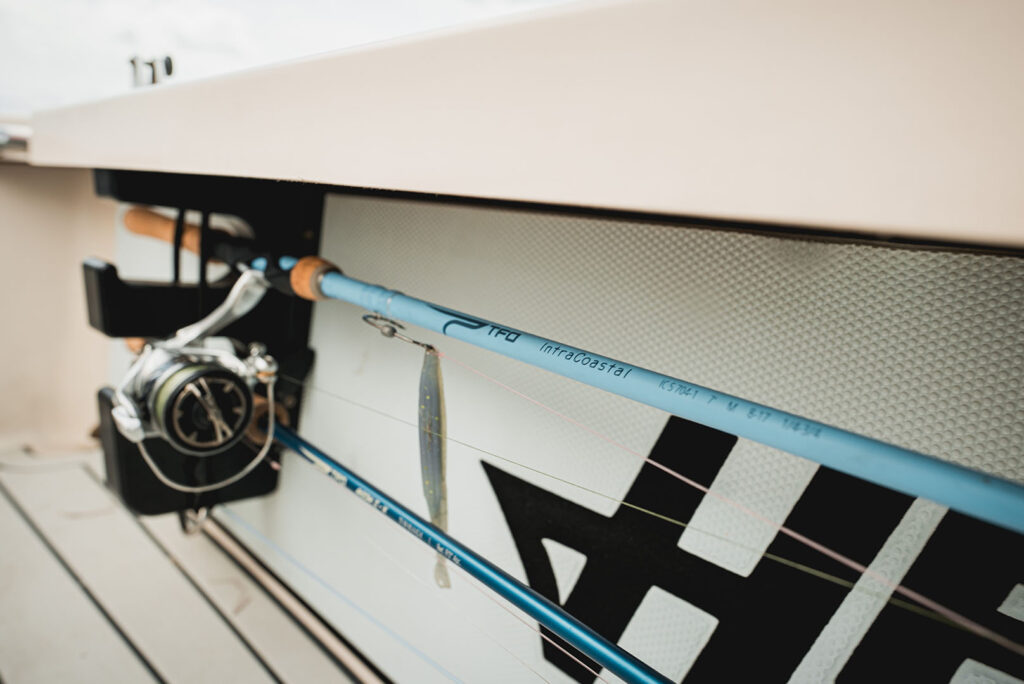Confused by the multitude of two-handed/spey lines on the market?
Don’t know what line you need for your TFO rod?
We totally get it.
Well, as manufacturing processes continue to advance, and the divide between line designers and rod designers grows, it is becoming more and more difficult to find the right two-handed line for your rod.
When trying to find the right line for your two-hander, a few things have to be taken into consideration. (You didn’t think it would be that simple did you?)
Before getting too deep into lines, heads and grains, it is important to mention the physical make up of spey lines and which lines are appropriate for your fishing situation.
Skagit Heads
Some of the most popular lines used on Spey rods today are Skagit style heads. Skagit heads tend to be thicker, with a short often times indiscernible front taper. They offer more water resistance to get a better load on the two-handed fly rod with the sustained anchor style of Skagit casting. These lines are shorter, typically two-and-a-half times the length of the rod, (and now with the increasingly popular micro-skagit heads). They are ideal for throwing heavy flies, heavy sink-tips and fishing deep, fast moving water.
Scandinavian (Scandi) Lines
Scandi Lines, on the other hand, are designed to throw smaller flies. They are designed for “airborne anchor” casts – casts such as the single spey and snake roll. Scandi lines are thinner in diameter, (particularly at the front end) and have a long front taper that allows the energy to unroll easily while presenting a fly, ideal for smaller flies, often times light tapered Polyleaders and tapered monofilament leaders.
Traditional, mid and or Long-Belly Spey Lines
Traditional, mid and long belly spey lines are often double or triple the length of Scandi lines. They are designed for long, delicate presentations on longer two-handed rods. Unlike Skagit heads, these lines typically, (but not always) have an integrated or connected running line. Again, think very small flies, at long distances.
Loading the Rod
With any style of fly rod, it is important to feel the rod load, (bend).
Meaning, the amount of weight, (or grainage) of the fly line you need to really feel the rod load, so that you can effectively cast your fly. If you aren’t loading the rod correctly, the line won’t be able to unroll, which won’t allow the tip, leader and fly to unroll towards the target.
How to use a Grain Window
Trying to find the perfect line truly has to do with your casting style, (think speed). With all of the TFO two-handed rods, we print not only the “rod weight,” but more importantly a “grain window,” on the rod blank.
A grain window defines the engineered grain carrying capability of a fly rod blank under load from the line. Like a lure rating on a spinning or casting rod, we print the grain window on our two-handed fly rods to show how much weight will make the rod do what it was made to do.
For example, the 13’6, 8/9 Deer Creek Spey rod has a grain window of 550 to 800 grains. If you were fishing large water in the Pacific Northwest, the Great Lakes Region or in British Columbia, an ideal line choice would be a Skagit head.
When choosing a Skagit head, it is often best to initially pick a line towards the high end of the grain window. The heavier the line, the easier it will be for the road to load and ideally more efficient use of motion and energy.
Skagit heads in the 600-700, with tips to 200 grains are ideal for this rod. A Rio Skagit in 600/675 grains, Airflo Skagit Compact/G2 and Rio IFlight Intermediate line in the 600/700 range. Others lines to consider would be the Nextcast Zone and Coastal at 575 to 650 grains.
Scandi lines in the lower end of the grain window, 550-625. Examples include RIO Scandi, Ballistic Express (8/9), Airflo Rage Compact and Loop GDC (#9).
Traditional, (mid-to-long belly) lines in the 8/9 to 9/10 designation. Line recommendations include the Ballistic Vector (8/9), Nextcast WA 45/55 (8/9), Airlfo Ultra Spey (8/9) and Cortland SH Spey (9).
For more information on the various two-handed lines to match our TFO rods, please see our recommendations here.






